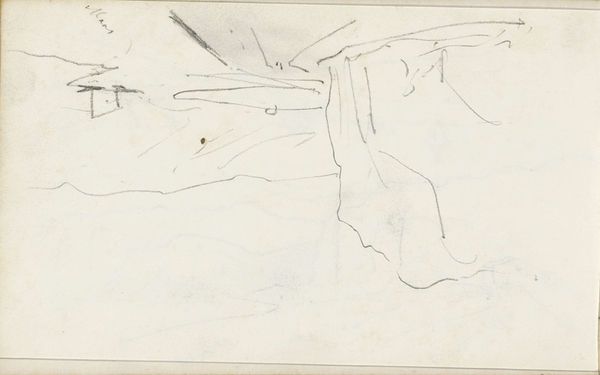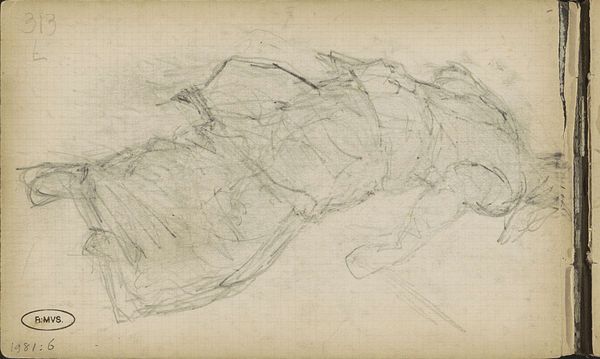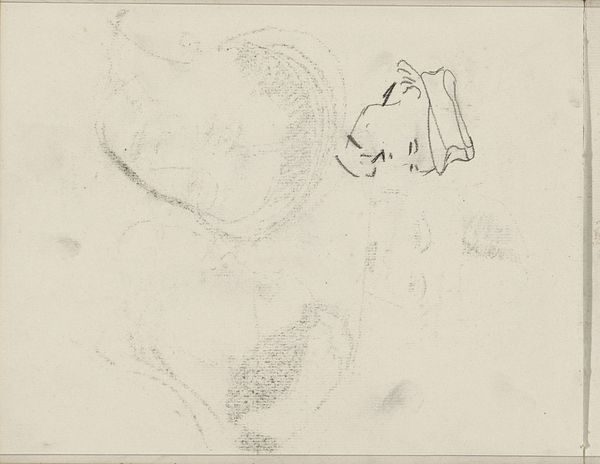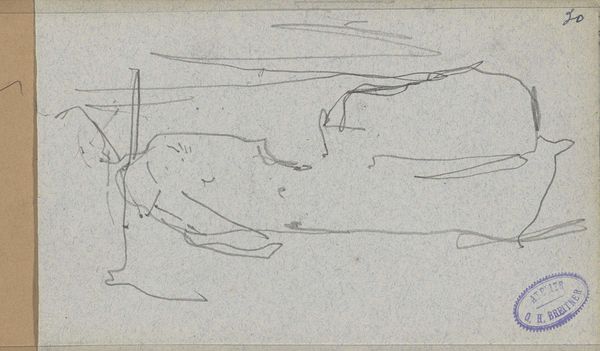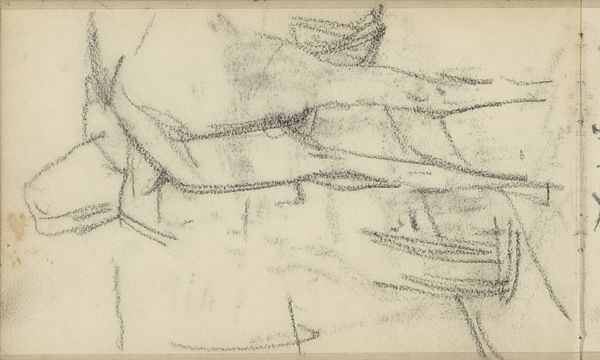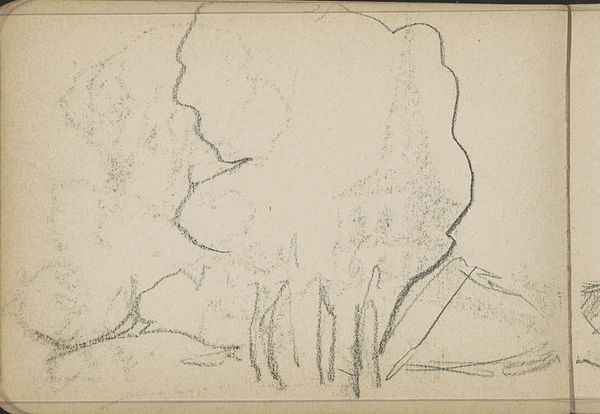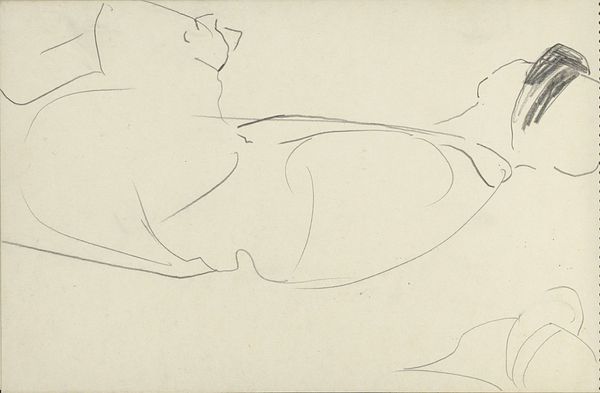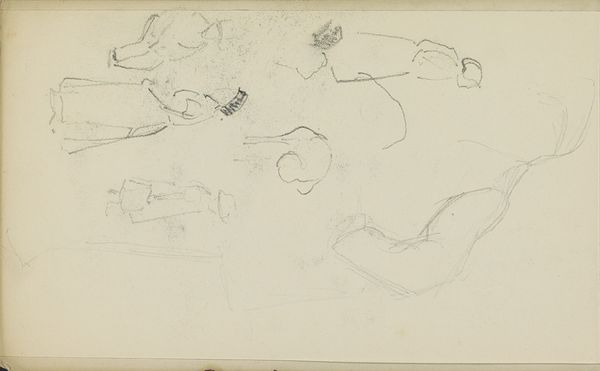
drawing, paper, pencil
#
drawing
#
pencil sketch
#
landscape
#
figuration
#
paper
#
pencil
#
line
Copyright: Rijks Museum: Open Domain
Editor: This is “Meisje naast een boom,” or “Girl Beside a Tree,” a pencil drawing on paper by Bramine Hubrecht, dating from between 1892 and 1913. It's a delicate sketch. The lines are so light, almost like a memory fading. What strikes you most about it? Curator: Well, first, it whispers rather than shouts, doesn't it? The sketch feels incomplete, more a suggestion of a girl and a tree than a fully realized scene. This incompleteness is where the magic lies for me. The artist isn't telling us what to see, but inviting us to participate in the act of creation. What does *that* invite *you* to consider? Editor: It feels private, like catching a glimpse into the artist's personal sketchbook. Was sketching a common practice for female artists at this time? Curator: Absolutely! Sketching was often considered a suitable pastime, even a vital skill, for women in artistic circles. But this piece transcends mere exercise. Look closely at the relationship between the girl and the tree; it isn’t just about observation. What feelings might she be wrestling with? Editor: I see that, she's kind of melting into the tree. It's less about distinct forms, more about this blended state of being... I feel a sense of quiet melancholy. It makes you wonder what she's thinking, right? Curator: Precisely. Hubrecht masterfully uses minimal lines to evoke such a powerful mood. It's like she’s captured a fleeting moment of introspection. Did women have that chance to explore melancholy, the interior life? Editor: This has made me look at it so differently, not just as a sketch, but as a window into a private emotional landscape. Curator: Exactly. And that’s the joy of art, isn't it? Seeing ourselves reflected in a different era, in a simple line, on a simple page.
Comments
No comments
Be the first to comment and join the conversation on the ultimate creative platform.

